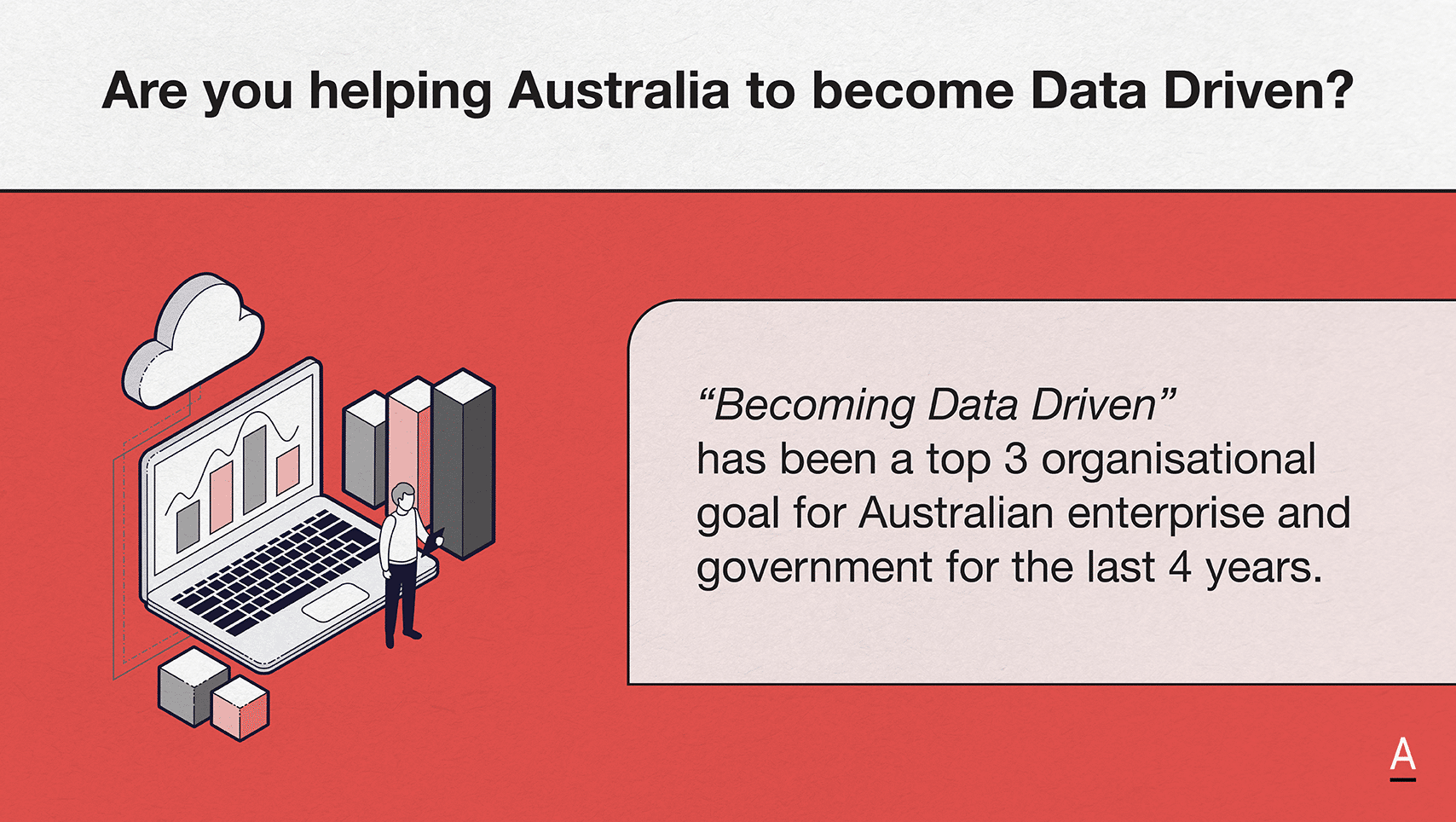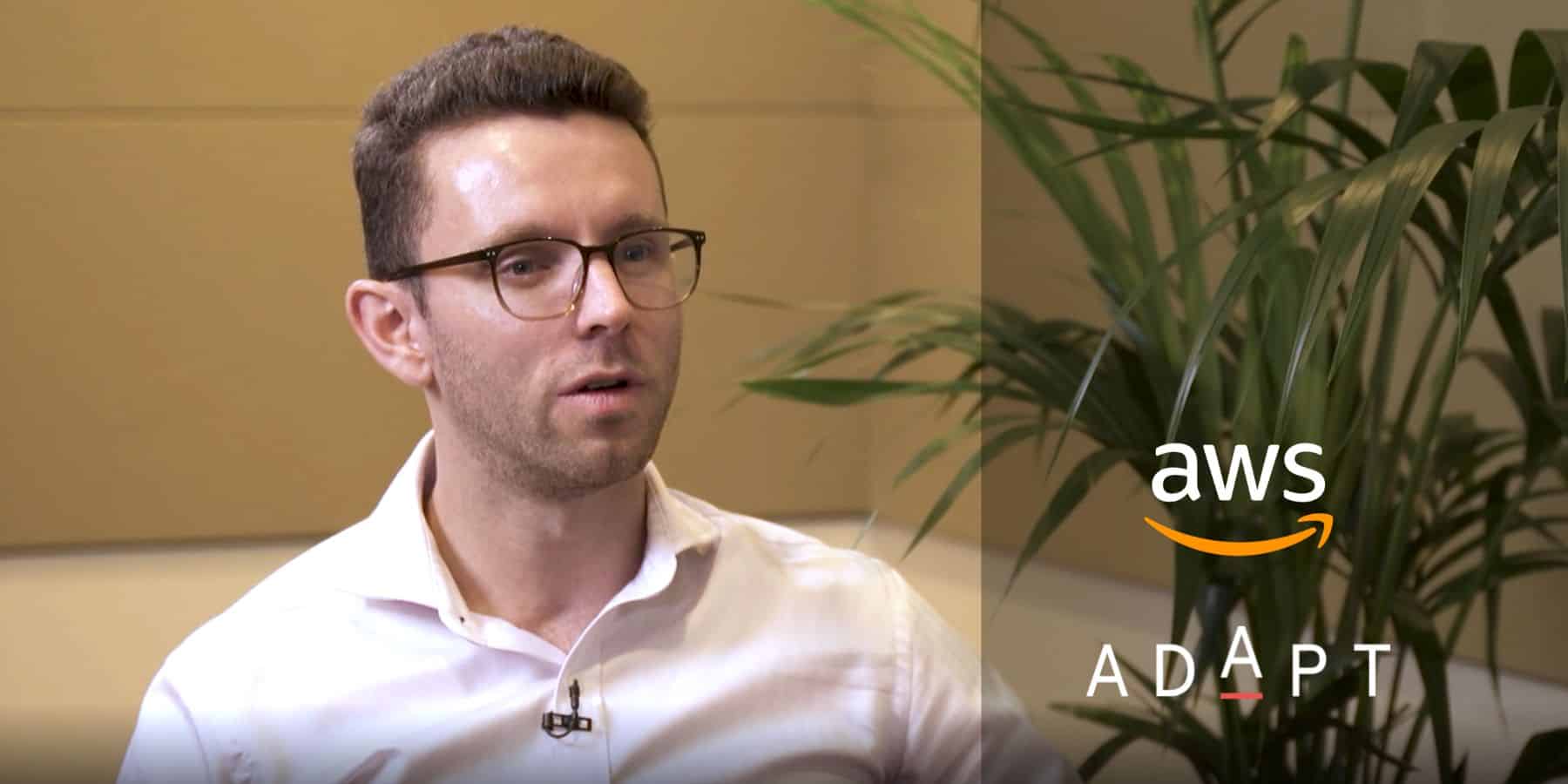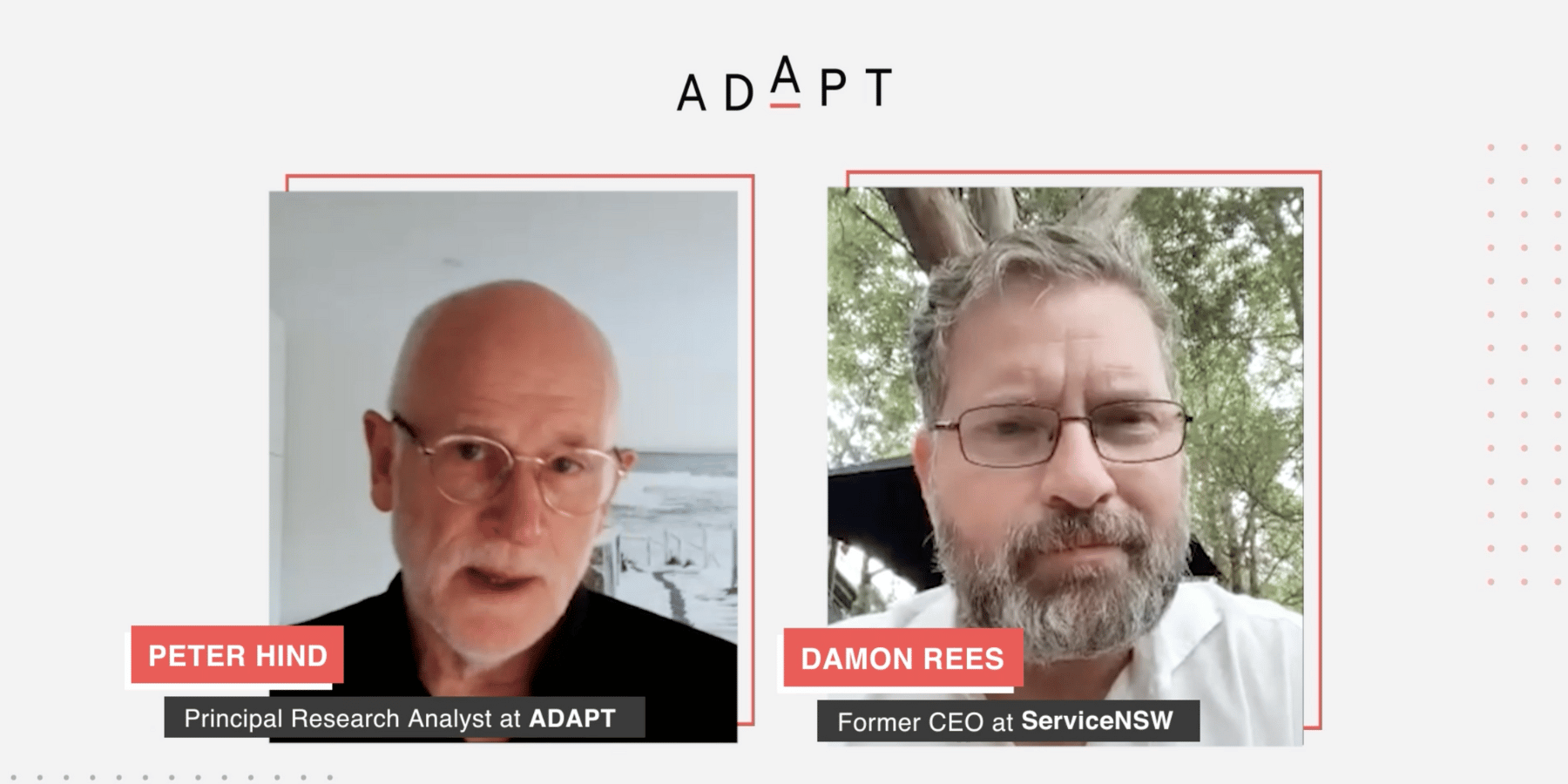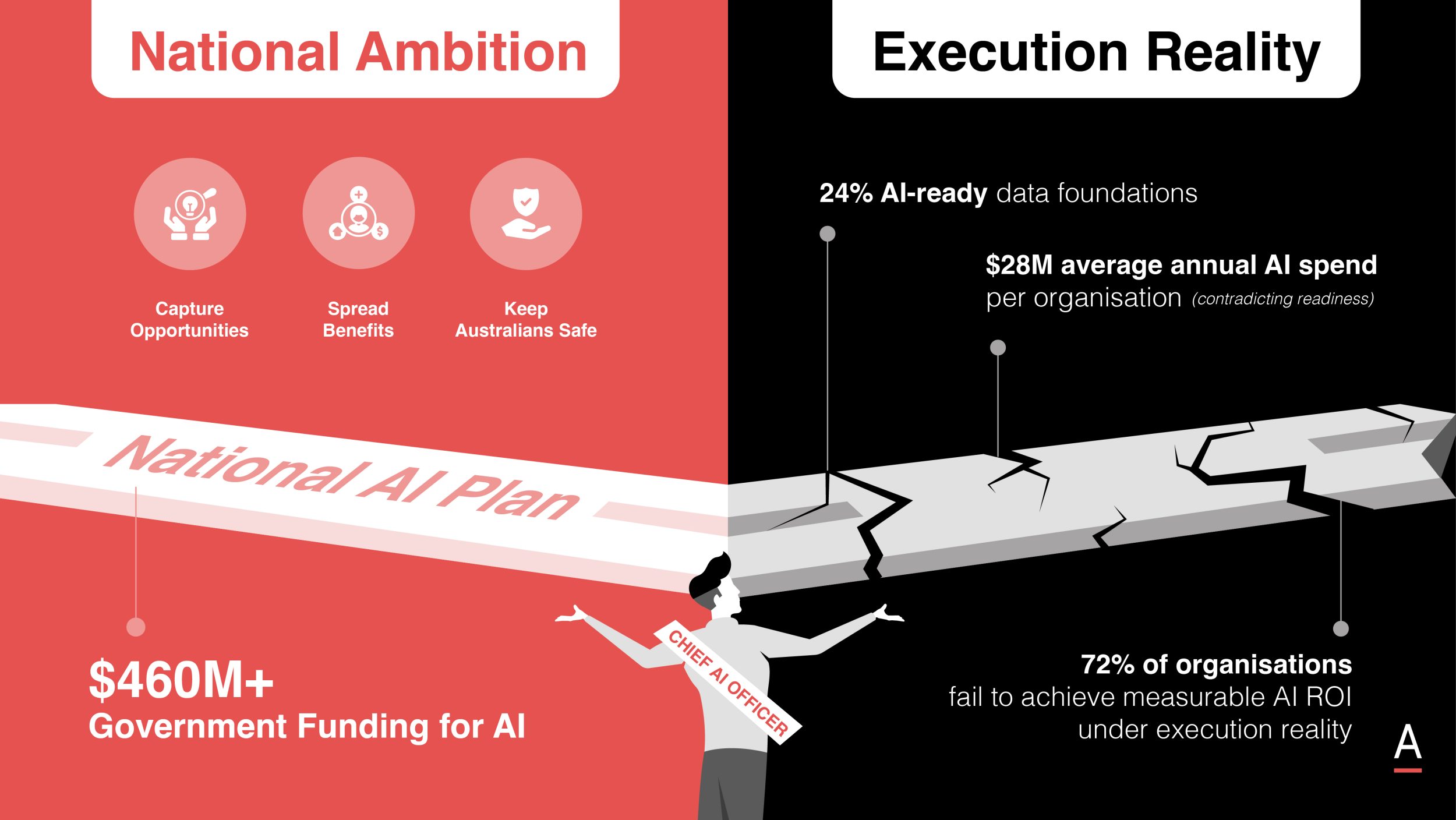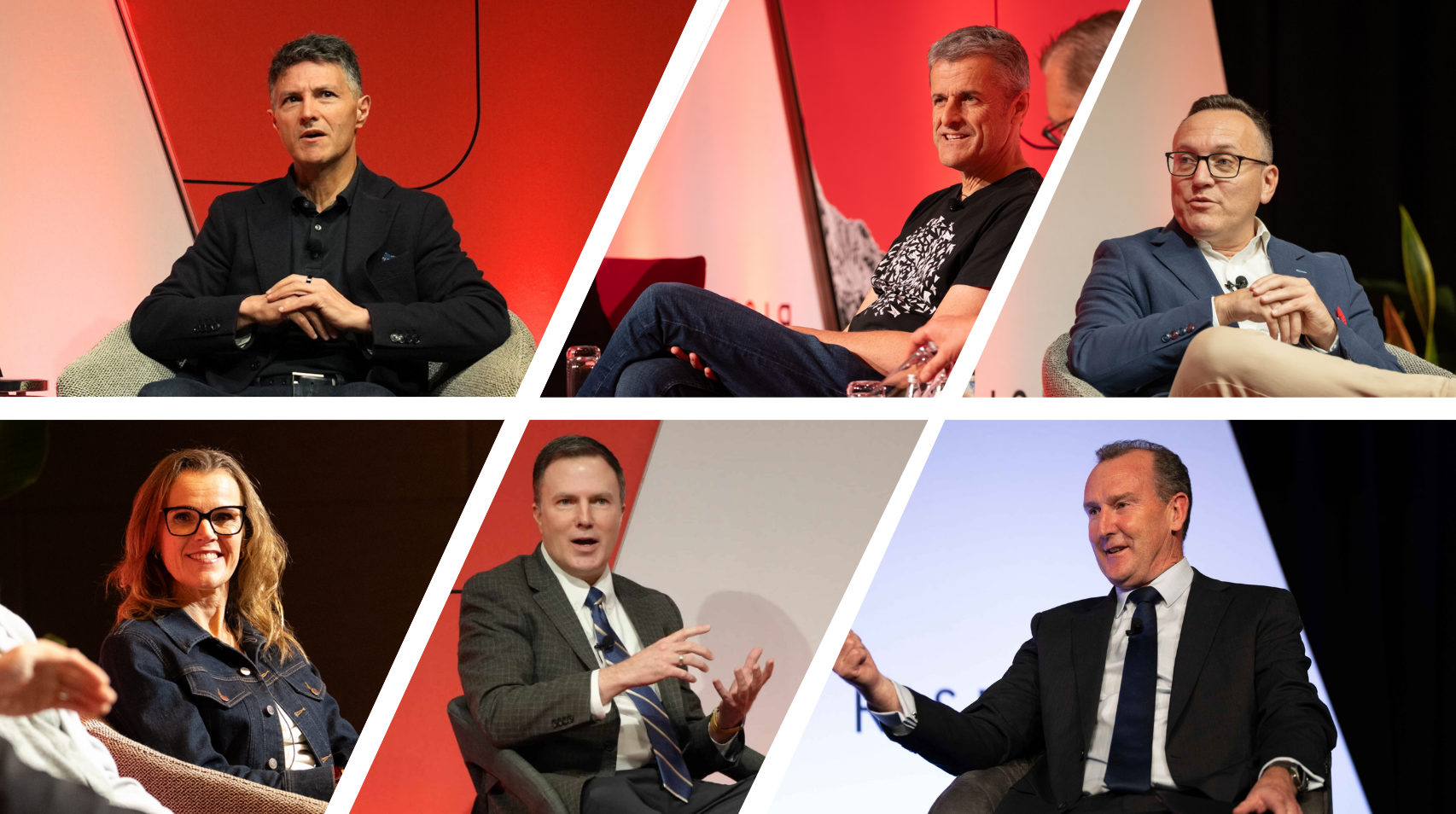The biggest AI roadblock is not your infrastructure
Australian data leaders stall AI value by chasing readiness. Real progress comes from outcome focus, agile governance, and stronger internal capability.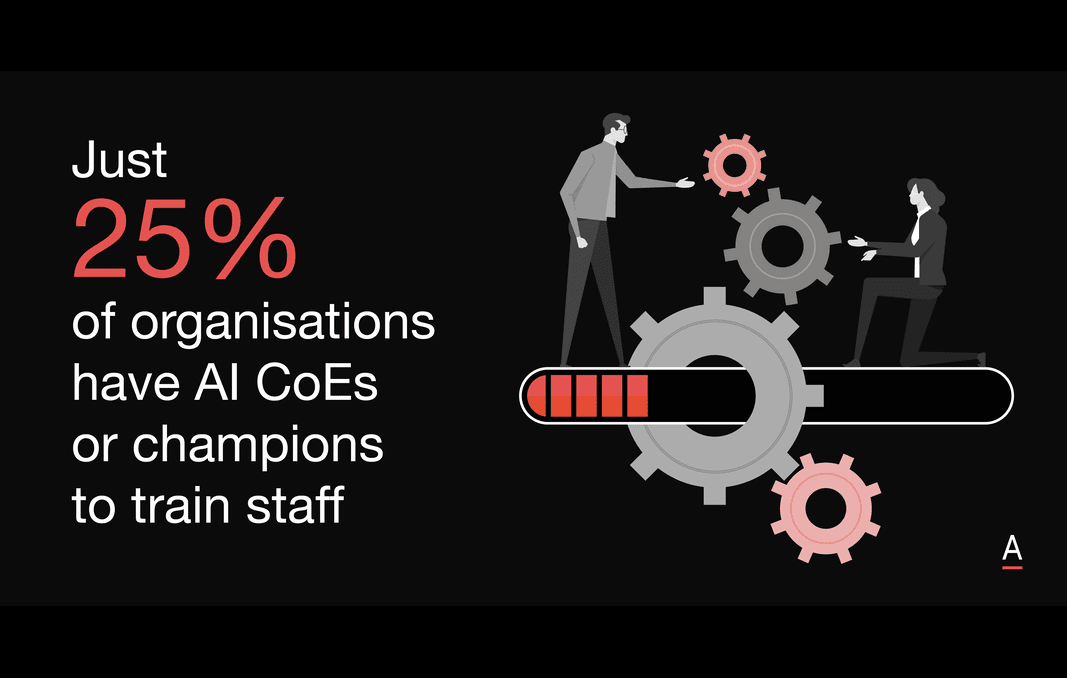
Enterprise leaders across Australia continue building out artificial intelligence capabilities.
Budgets stretch across platforms, cloud environments, and tooling.
But those investments often return less value than expected. Infrastructure rarely causes the drag.
The actual slowdowns emerge from rigid assumptions that shape strategy, governance, and workforce planning.
The obstacle does not sit inside your data stack. It sits inside how your organisation thinks about value, control, and readiness.
AI maturity is a moving target so chasing readiness delays outcomes
Inside many executive teams, a belief still lingers that organisations must complete a checklist before beginning to scale AI.
Teams chase abstract readiness rather than shaping maturity around actual business needs.
Dr Michael G. Kollo, Director of AI at ADAPT, pointed to a key signal.
Only 6% of organisations have delivered AI awareness training to their staff.
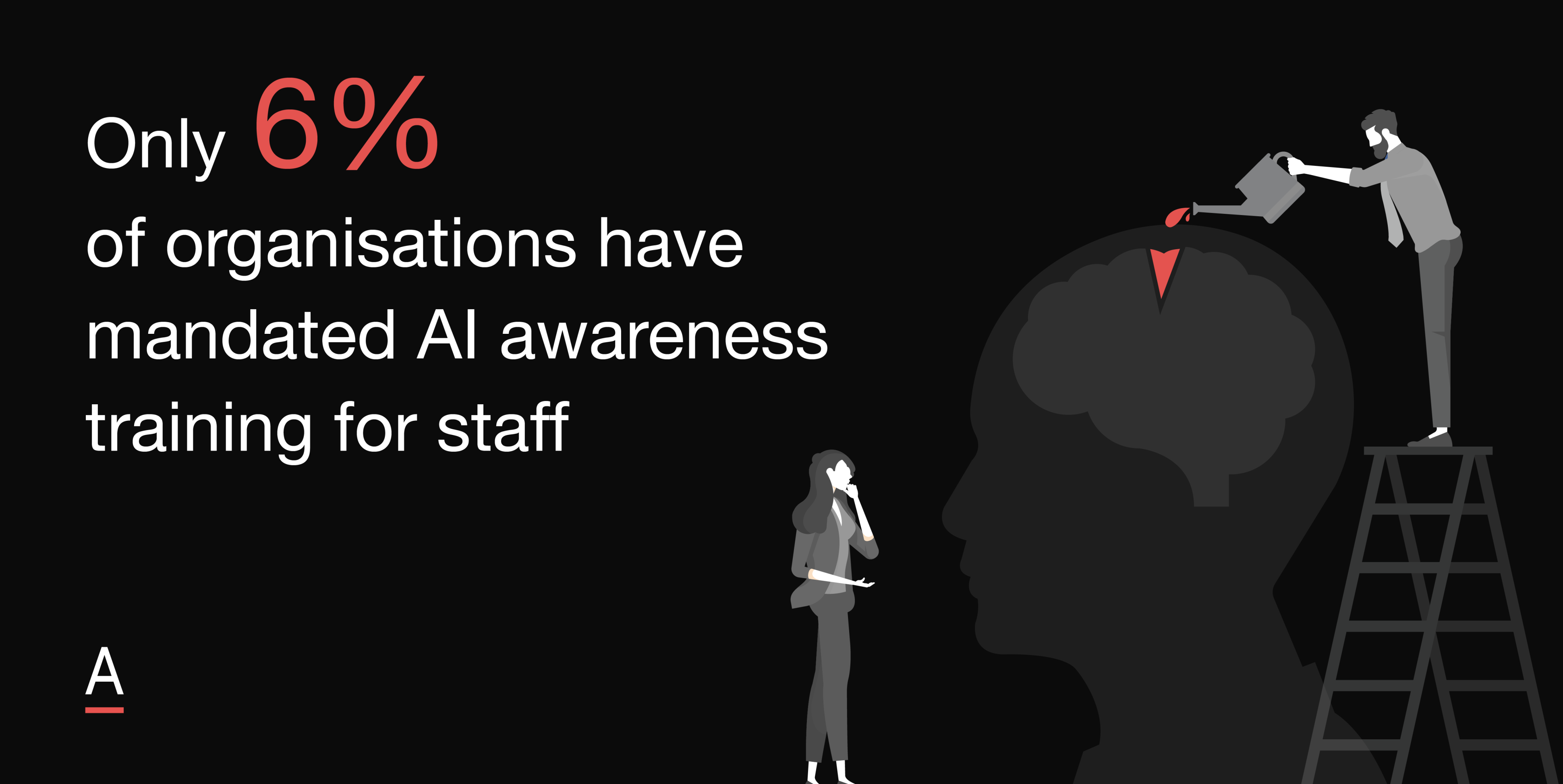
That figure suggests a widespread mismatch.
Technology keeps evolving, but many organisations remain underprepared at the human level.
At Transurban, Artak Amirbekyan, now Chief Data Officer at EBOS Group, tackled that gap by tying AI efforts directly to loss prevention.
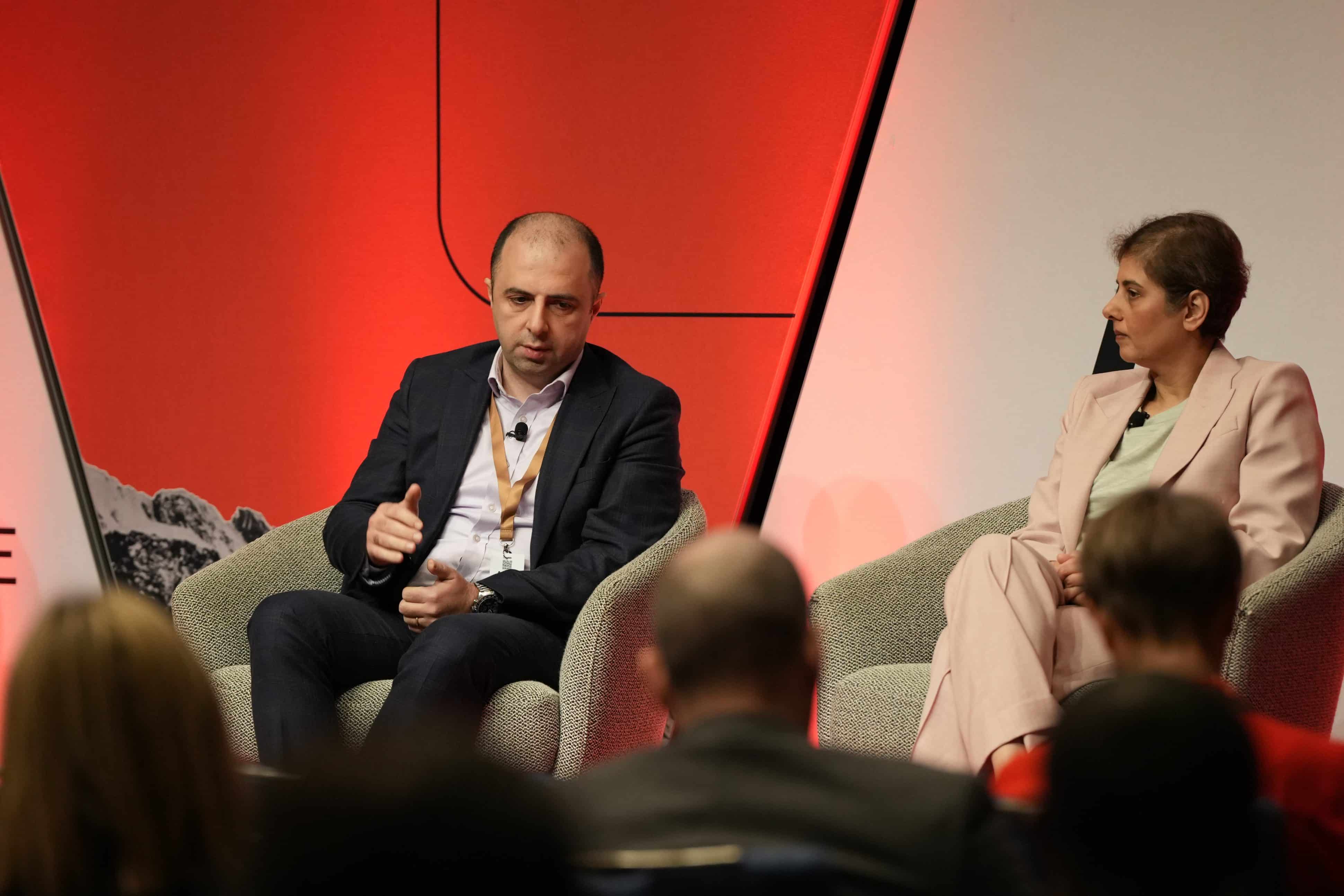
His team focused on fraud detection, linking the project to measurable business exposure.
That clarity helped unlock stakeholder support and gave the work a commercial mandate.
Alan Jacobson, Chief Data and Analytics Officer at Alteryx, drew attention to the trap of waiting for ideal conditions.
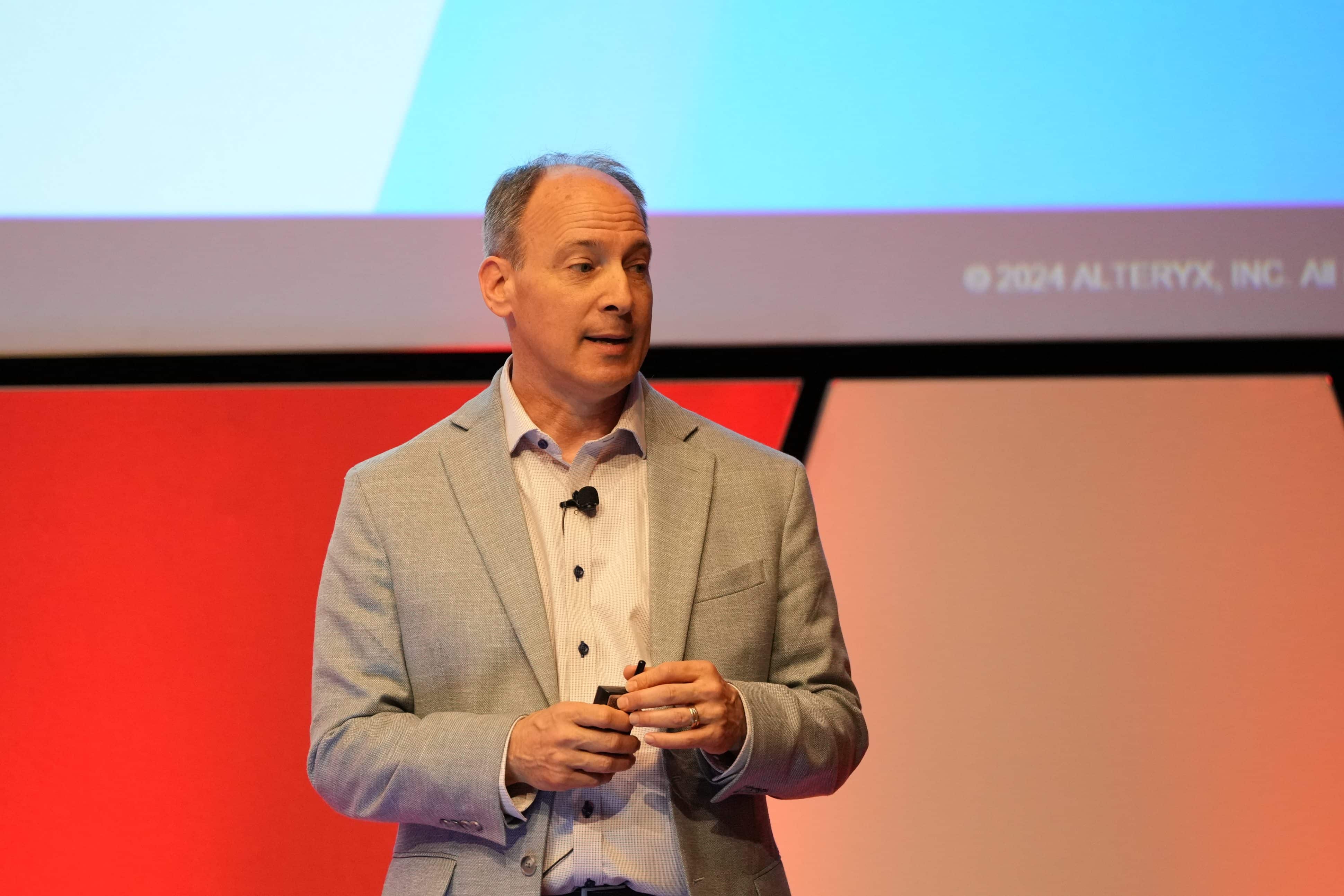
He has worked with teams that delayed progress for the sake of data perfection. In most cases, the use case never required full maturity.
Alan pushed teams to begin with what was already usable, which often accelerated both trust and results.
Dr Kollo noted that the fastest-moving organisations adjusted their maturity targets based on the demands of the use case.
That mindset shift changed the pattern. Instead of building readiness for its own sake, those teams matured on demand, where it mattered most.
Governance is your fastest route to scale when reframed
Traditional governance models often feel slow.
In the past, governance meant committee review, bottlenecks, and weeks of delay.
But that playbook no longer serves AI-enabled teams.
Shankar Vedaraman, VP Data & Analytics at Salesforce and former Netflix Data Engineering and Analytics Leader, introduced an alternative.
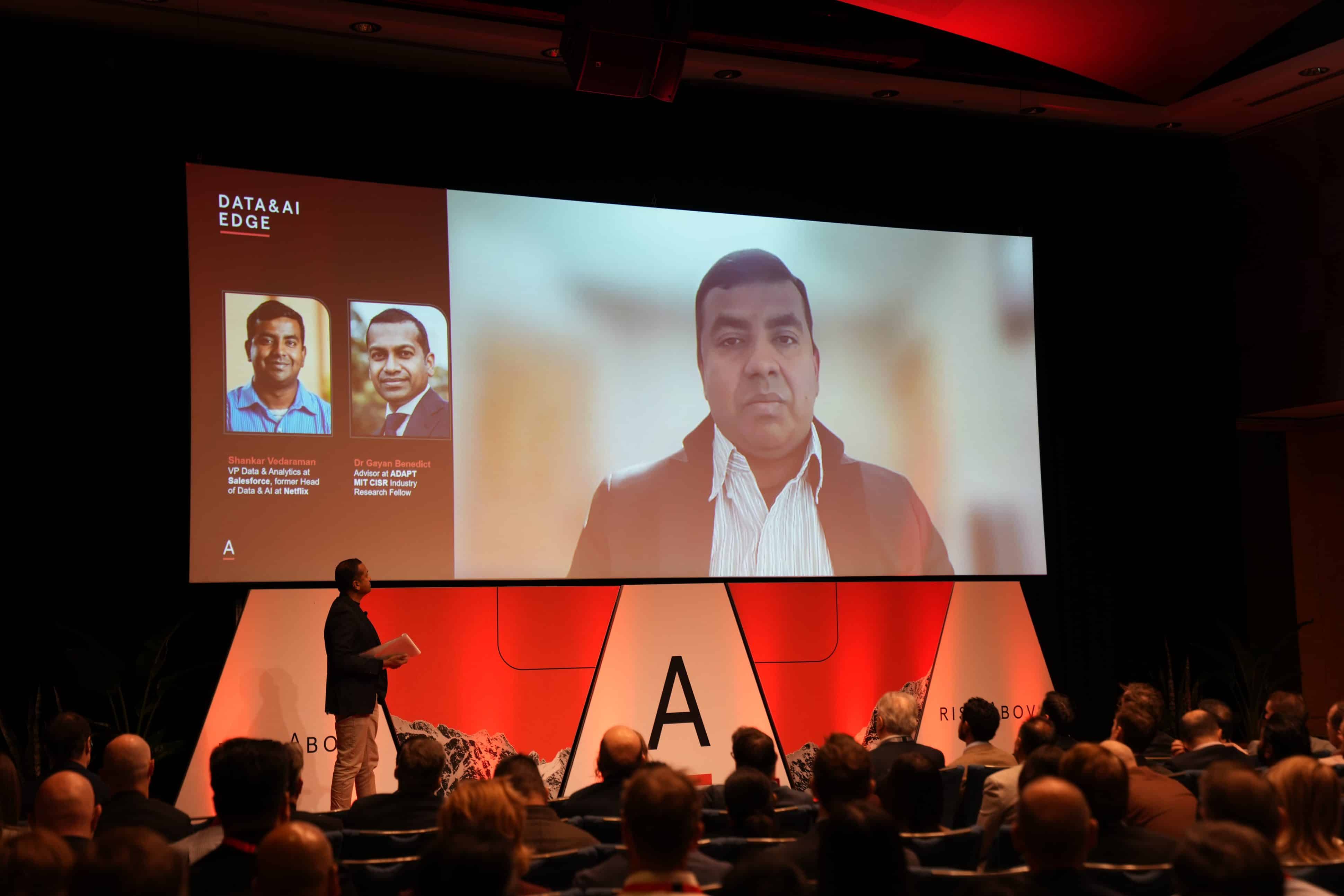
Zero copy architectures allow teams to access data without moving or duplicating it.
That structure removes friction, cuts risk, and makes it easier to activate insights quickly.
Dr Gayan Benedict, MIT Industry Fellow and ADAPT Advisor, added that this approach remains unfamiliar to most.
In recent discussions, over 50% of leaders admitted they had never encountered the concept.
That lack of visibility creates inertia, especially in organisations still tethered to centralised models.
At NBN, federated governance replaced the traditional gatekeeper model.
Sonia Boije, Chief Data Officer at NBN, helped shift responsibility into individual business units.
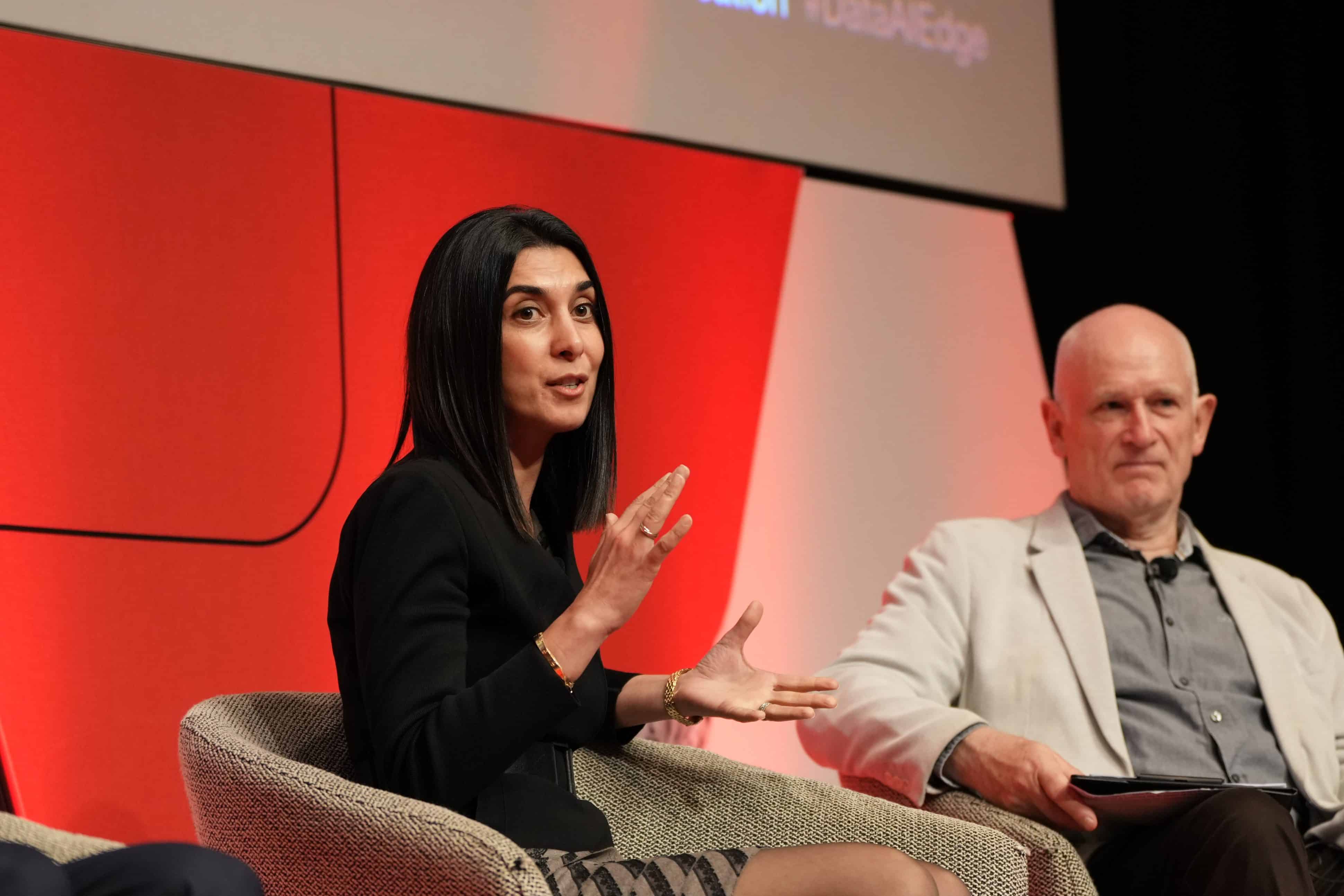
Local accountability improved delivery cycles and surfaced insights faster.
That structure also gave teams more ownership, which strengthened their engagement with data.
At Aussie Broadband, Venkata Valluri, General Manager of Data Analytics and Insights, faced a similar inflection point.
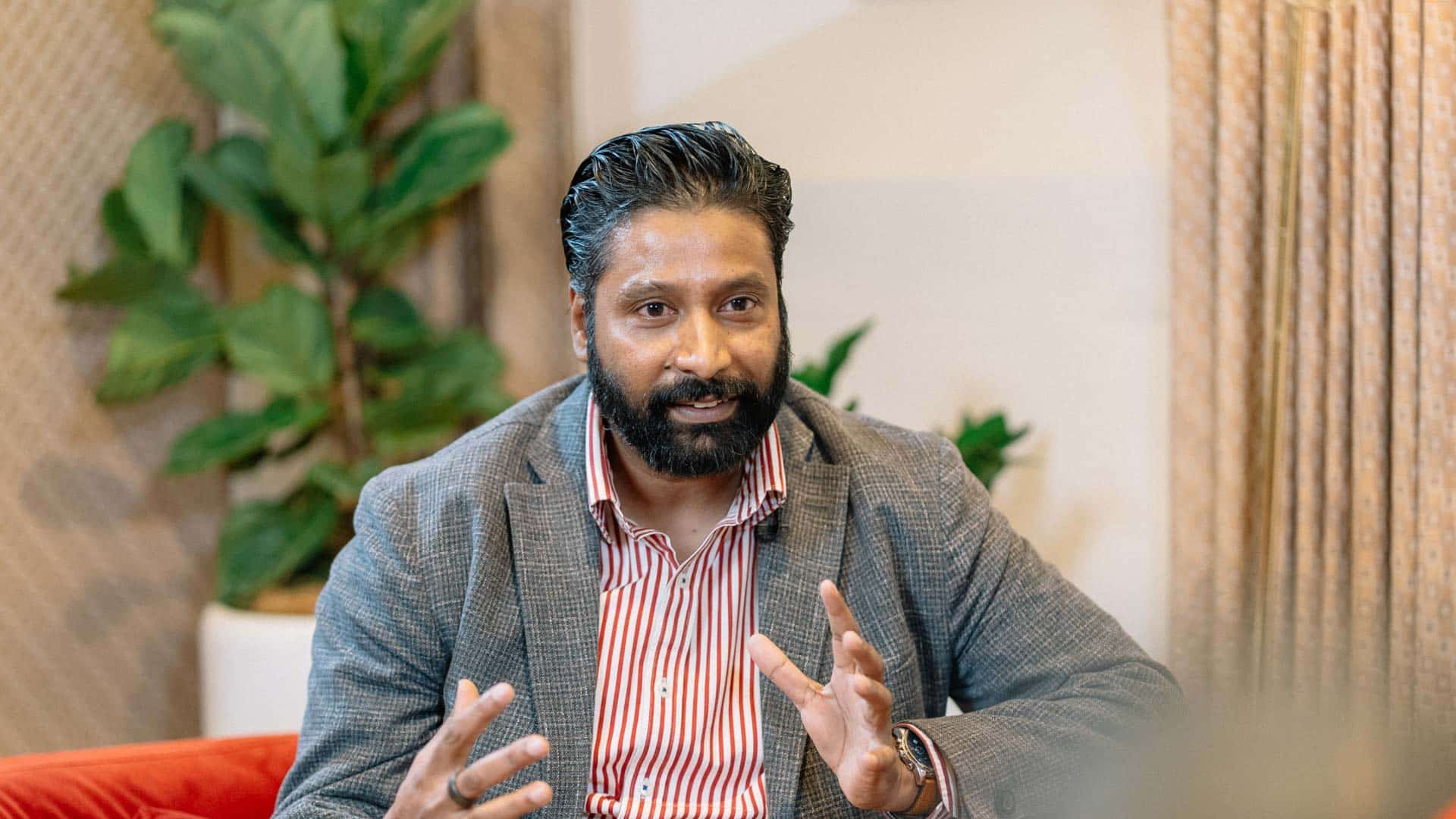
When the company prepared to list publicly, compliance demands increased.
Venkata responded by building consistency across internal conversations.
Legal, product, and risk teams came into alignment through shared definitions and ongoing collaboration.
His team treated governance as a design challenge rather than a rulebook.
Your people remain the most scalable AI asset
Budgets for AI often centre on software and service providers.
But the highest-performing organisations treat their internal teams as the foundation for scale.
Internal capability creates resilience, adaptability, and trust.
Only 25% of organisations have formal AI teams or Centres of Excellence.
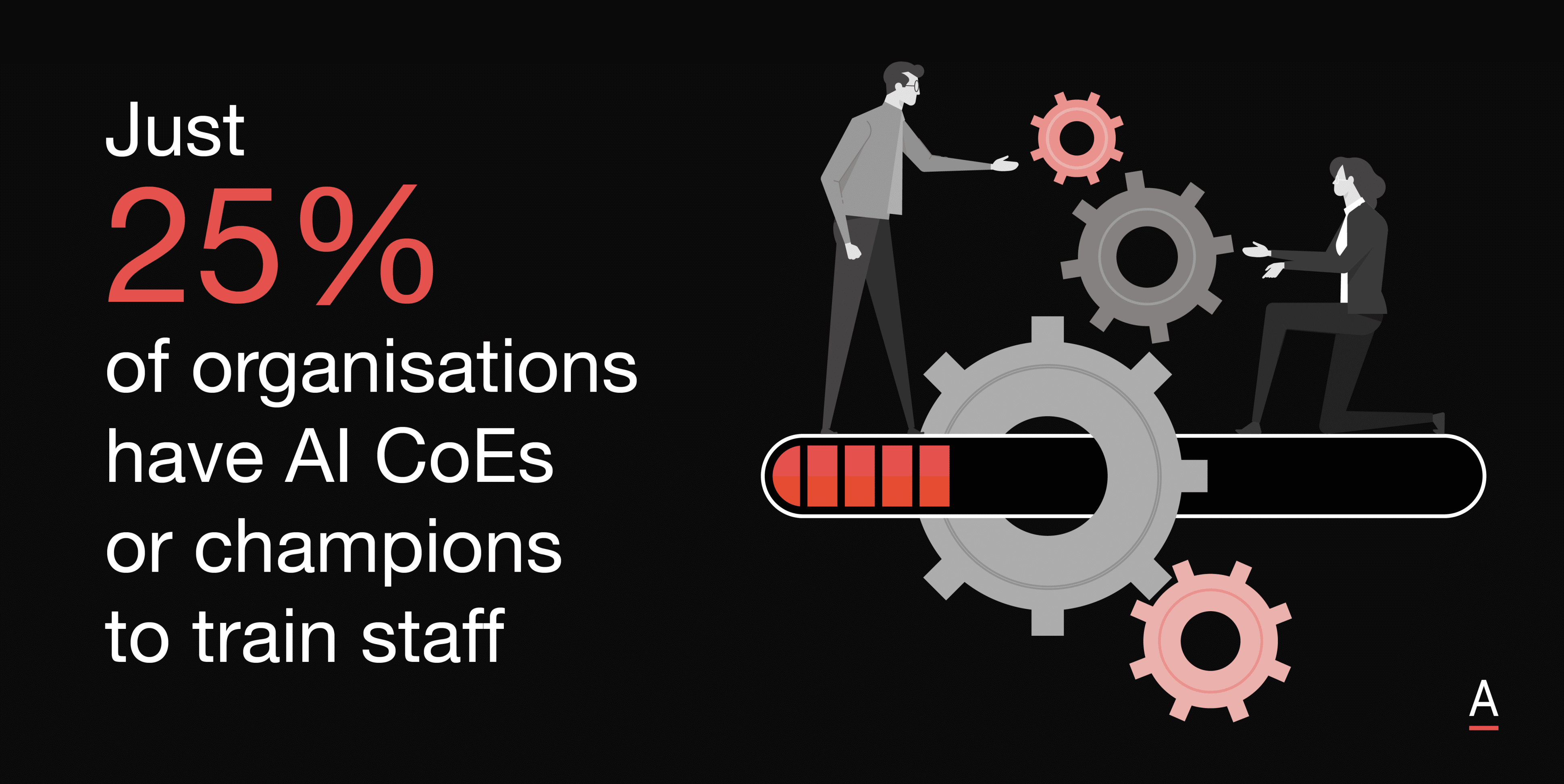
Without those structures, teams struggle to retain knowledge, coordinate delivery, or connect technical work to business outcomes.
Suzie Cardwell, Chief Data, Product and Technology, Enterprise at Nine, took steps to centralise scattered data roles.

That shift created visibility, reduced duplication, and improved the speed of execution.
Her team began operating with a clearer shared direction, and business units responded with stronger support.
Simon Kriss, Chief AI Officer at simonkriss.ai, emphasised the importance of internal knowledge.
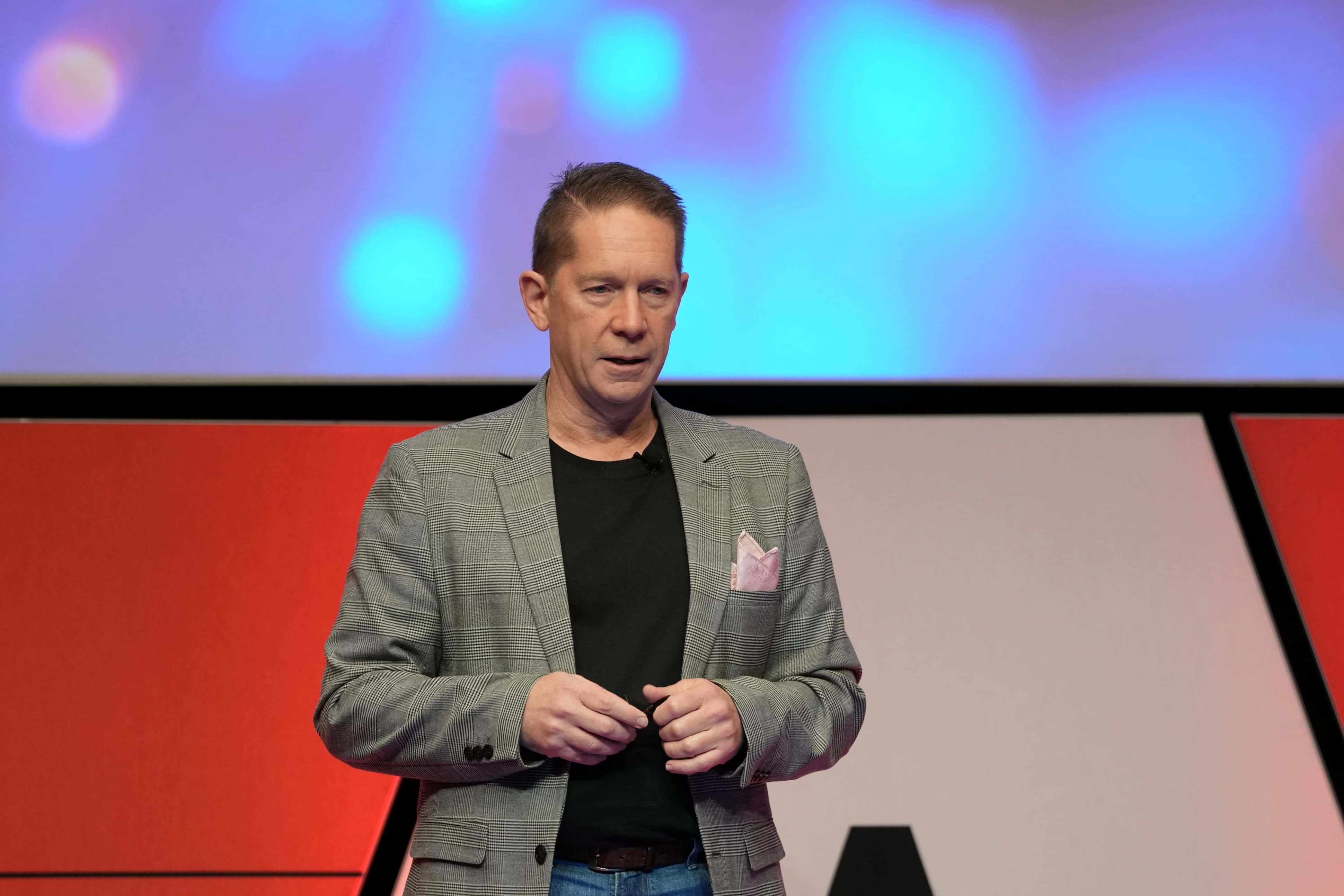
Ethical oversight of AI cannot depend on outside expertise. Executives must understand system design, trade-offs, and implications, especially as AI becomes embedded across operations.
Professor Marek Kowalkiewicz, Professor and Chair in Digital Economy at Centre for Future Enterprise at QUT Business School, described modern AI as a new form of intelligence.

These systems behave in unfamiliar ways, often breaking with human expectations.
He encouraged leaders to develop new thinking habits.
Strategy now depends on fluency with systems that do not follow human logic.
Teams that adjust faster will compete better.
Shifting perspective helps unlock AI value faster
Many Australian organisations continue waiting for the right time to begin.
They delay action in pursuit of complete maturity, complete visibility, or complete certainty.
That delay creates drift.
Teams that scale faster tend to move before the plan is perfect.
They shape maturity around use cases.
They distribute governance to match delivery.
They invest in people and treat internal capability as infrastructure.
Infrastructure will not unlock AI advantage. Thoughtful leadership will.
The most forward-moving teams focus less on readiness and more on momentum.




